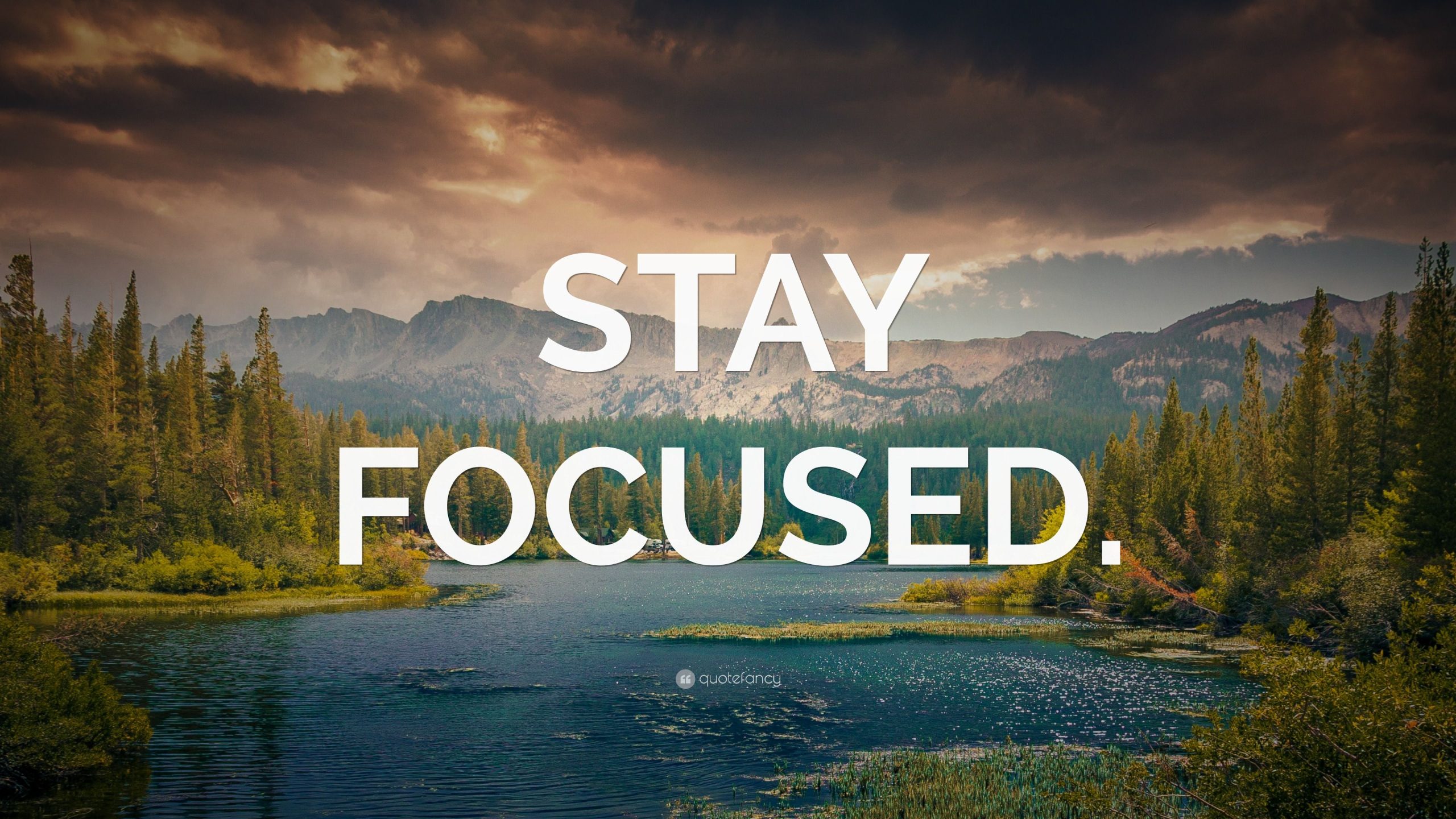
Peru, a land sculpted by ancient civilizations and blessed with breathtaking natural beauty, beckons travelers with its vibrant culture, rich history, and awe-inspiring landscapes. From the mystical peaks of the Andes to the verdant depths of the Amazon rainforest, this South American gem offers an unparalleled travel experience. But with such a diverse array of destinations, the crucial question arises: where to stay in Peru? This comprehensive guide will unravel the secrets of Peru’s most sought-after regions, delving into their top attractions, historical significance, practical travel tips, accommodation options, transportation, and the best times to visit, ensuring your Peruvian adventure is nothing short of extraordinary.
Peru’s Allure: A Glimpse into History and Attractions
Peru’s allure stems from its profound historical legacy, most notably the Inca Empire, whose architectural marvels continue to captivate the world. The Inca Trail leading to the majestic Machu Picchu, the "Lost City of the Incas," is a pilgrimage for many, a testament to human ingenuity and a UNESCO World Heritage site. Beyond the Inca heartland, Peru boasts a tapestry of other captivating attractions:

Related Articles about Peru: A Tapestry of Ancient Wonders and Modern Comforts – Where to Stay for an Unforgettable Adventure:
- Unveiling the Treasures of the Nile: Your Guide to Affordable Adventures in Egypt
- Soaring to the Southern Tip: Your Ultimate Guide to Cheap Flights to Cape Town
- Machu Picchu: A Journey to the Lost City of the Incas
- Brazil: A Kaleidoscope of Wonders and the Stays That Define Them
- Manchester: A City of Grit, Glamour, and Groundbreaking Culture
- Cusco: The former capital of the Inca Empire, Cusco is a living museum, its cobblestone streets lined with colonial architecture built atop Inca foundations. The Plaza de Armas, the Sacsayhuaman fortress, and the Coricancha (Temple of the Sun) are essential stops.
- Sacred Valley: Nestled between Cusco and Machu Picchu, this fertile valley is dotted with ancient Inca ruins like Ollantaytambo and Pisac, vibrant indigenous markets, and picturesque villages.
- Arequipa: Known as the "White City" for its stunning colonial architecture constructed from white volcanic sestero, Arequipa is a charming city dominated by the imposing El Misti volcano. The Santa Catalina Monastery is a labyrinthine marvel.
- Colca Canyon: One of the deepest canyons in the world, Colca Canyon is a breathtaking natural wonder, home to the majestic Andean condor. The surrounding villages offer a glimpse into traditional rural life.
- Lake Titicaca: The highest navigable lake in the world, shared by Peru and Bolivia, Lake Titicaca is renowned for its floating islands of the Uros people and the more traditional islands of Taquile and Amantaní.
- Lima: The bustling capital city, Lima is a vibrant metropolis offering a rich culinary scene, world-class museums, and fascinating historical districts like Miraflores and Barranco.
- Amazon Rainforest: For an unparalleled wildlife encounter, Peru’s Amazon basin, particularly the regions around Iquitos and Puerto Maldonado, offers an immersive experience with diverse flora and fauna.
- Nazca Lines: These enigmatic geoglyphs etched into the desert floor by the ancient Nazca culture remain one of Peru’s most profound mysteries, best viewed from a scenic flight.

Navigating Peru: A Journey Through Time and Terrain
Peru’s history is as diverse as its geography, a narrative shaped by pre-Inca civilizations, the mighty Inca Empire, Spanish colonization, and its struggle for independence. Understanding this historical context enriches any visit. The Inca, renowned for their sophisticated engineering and astronomical knowledge, left an indelible mark on the landscape. Spanish conquistadors, arriving in the 16th century, introduced European architecture and Catholicism, leading to a fascinating cultural fusion evident in cities like Cusco and Arequipa. Modern Peru is a vibrant blend of these influences, with indigenous traditions still holding strong in many communities.
Essential Travel Tips for Your Peruvian Sojourn
To ensure a smooth and enjoyable journey, consider these essential travel tips:
- Altitude Sickness (Soroche): Many popular destinations, including Cusco and Machu Picchu, are at high altitudes. Acclimatize gradually, drink plenty of water, avoid alcohol and heavy meals on arrival, and consider over-the-counter remedies like Diamox. Coca tea, a traditional remedy, is also widely available.
- Currency: The official currency is the Peruvian Sol (PEN). US Dollars are also widely accepted in tourist areas, but it’s advisable to have local currency for smaller purchases and in more remote regions. ATMs are readily available in cities.
- Language: Spanish is the official language. While many people in tourist areas speak some English, learning a few basic Spanish phrases will greatly enhance your interactions. Quechua is also spoken by many indigenous communities.
- Safety: Peru is generally safe for tourists, but like any destination, it’s wise to be aware of your surroundings and take precautions against petty theft, especially in crowded areas.
- Water: Drink bottled or purified water only to avoid stomach issues.
- Sun Protection: The sun is intense at high altitudes. Use sunscreen with a high SPF, wear a hat, and sunglasses.
- Bargaining: In markets, bargaining is expected, but do so respectfully and with a smile.
- Respect Local Customs: Be mindful of local traditions and dress modestly when visiting religious sites.
- Book in Advance: For popular attractions like Machu Picchu and the Inca Trail, booking tickets and permits well in advance is crucial, especially during peak season.
Accommodation Options: From Budget Backpackers to Luxury Retreats
Peru offers a diverse range of accommodation to suit every budget and travel style.
1. Cusco and the Sacred Valley: The Heart of Inca Civilization
- Where to Stay: Primarily in Cusco city for easy access to attractions and a vibrant atmosphere, or in charming towns within the Sacred Valley like Urubamba or Ollantaytambo for a more tranquil experience.
- Attractions: Machu Picchu, Sacsayhuaman, Coricancha, Plaza de Armas, Ollantaytambo ruins, Pisac market and ruins, Moray agricultural terraces, Maras salt mines.
- Accommodation Options:
- Luxury: Belmond Palacio Nazarenas (Cusco), Tambo del Inka, a Luxury Collection Resort & Spa (Sacred Valley), Inkaterra Hacienda Urubamba (Sacred Valley). These offer unparalleled service, historical settings, and exquisite amenities.
- Mid-Range: Casa Andina Premium Cusco, Novotel Cusco, Sonesta Hotel Cusco. Comfortable and well-located hotels with good facilities.
- Budget/Hostels: Wild Rover Hostel Cusco, Pariwana Hostel Cusco, Loki Hostel. Vibrant social atmospheres, dorms, and private rooms. Many offer tours and activities.
- Boutique Hotels: Many charming boutique hotels are nestled in historical buildings, offering a more intimate and personalized experience.
- History: This region was the epicenter of the Inca Empire, a testament to their advanced civilization and spiritual beliefs.
- Best Time to Visit: The dry season, from April to October, offers sunny days and cooler nights, ideal for trekking and exploring. May and September are often considered ideal, with fewer crowds and pleasant weather.
2. Lima: A Culinary and Cultural Hub
- Where to Stay: Miraflores is a popular choice for its ocean views, upscale hotels, restaurants, and shops. Barranco offers a bohemian vibe with art galleries, trendy bars, and charming boutique hotels. San Isidro is a more business-oriented district with luxury hotels.
- Attractions: Miraflores boardwalk and Parque del Amor, Larco Museum, Huaca Pucllana (pre-Inca ruins), historic city center (Plaza Mayor, Cathedral), Barranco’s art scene and Puente de los Suspiros. Renowned culinary scene.
- Accommodation Options:
- Luxury: JW Marriott Hotel Lima, Country Club Lima Hotel, Swissôtel Lima.
- Mid-Range: Casa Andina Premium Miraflores, Radisson Red Miraflores, Hotel B (Barranco).
- Budget/Hostels: Selina Miraflores Lima, Kokopelli Hostel Lima.
- History: Founded by Francisco Pizarro in 1535, Lima boasts a rich colonial past, evident in its architecture and museums. It’s also a modern metropolis with a thriving contemporary culture.
- Best Time to Visit: April to November offers a drier climate with milder temperatures. The "garúa" (mist) is prevalent during the winter months (June-September), which can be atmospheric but may limit visibility.
3. Arequipa and Colca Canyon: Colonial Charm and Natural Wonders
- Where to Stay: In Arequipa city to explore its historical center, or in villages near Colca Canyon like Chivay or Yanque for a more immersive natural experience.
- Attractions: Santa Catalina Monastery, Plaza de Armas, Museo Santuarios Andinos (home to Juanita, the Ice Maiden), Colca Canyon, condor viewing platforms, traditional villages.
- Accommodation Options:
- Luxury: Libertador Arequipa, Casa Andina Premium Arequipa.
- Mid-Range: Hotel Monasterio San Francisco, Wyndham Costa del Sol Arequipa.
- Budget/Hostels: Pariwana Hostel Arequipa, Wild Rover Hostel Arequipa.
- Colca Canyon Lodges: Colca Lodge Spa & Hot Springs, Inkaterra Hacienda Urubamba (though this is closer to the Sacred Valley, similar high-end options exist in Colca).
- History: Arequipa’s history is deeply intertwined with its volcanic landscape and its role as a colonial administrative center. Colca Canyon showcases ancient agricultural terraces and the enduring traditions of its inhabitants.
- Best Time to Visit: April to November is the dry season, offering sunny days. The rainy season (December to March) can bring more rain, but the landscapes are lush.
4. Lake Titicaca: Islands of Culture and Tradition
- Where to Stay: On the Uros floating islands for a unique cultural immersion, or on the islands of Taquile or Amantaní for a more authentic homestay experience. Puno is the mainland gateway city.
- Attractions: Uros floating islands, Taquile Island (renowned for its textiles), Amantaní Island (home to the Pachamama and Pachatata temples), Sillustani burial towers (near Puno).
- Accommodation Options:
- Unique Homestays: On Taquile and Amantaní, these offer a chance to live with local families, share meals, and learn about their way of life.
- Mid-Range: GHL Hotel Lago Titicaca (Puno), Casa Andina Standard Puno.
- Budget/Hostels: Hostal Pacha Puno, Stella Maris Hostel.
- History: Lake Titicaca is considered the birthplace of the Inca Empire, and its islands have been inhabited for centuries, preserving ancient traditions and ways of life.
- Best Time to Visit: The dry season, from April to October, offers the most pleasant weather with clear skies and less rain.
5. The Amazon Rainforest: A Biodiverse Paradise
- Where to Stay: Lodges near Puerto Maldonado (access to Tambopata National Reserve) or Iquitos (access to Pacaya-Samiria National Reserve).
- Attractions: Wildlife spotting (monkeys, caimans, giant otters, macaws), jungle hikes, canopy walks, boat excursions on rivers, learning about indigenous cultures.
- Accommodation Options:
- Eco-Lodges: Inkaterra Reserva Amazónica (Puerto Maldonado), Tambopata Research Center (Puerto Maldonado), Explorama Lodges (Iquitos). These offer immersive experiences with expert guides and a focus on conservation.
- Mid-Range Lodges: Posada Amazonas (Puerto Maldonado), Treehouse Lodge (near Iquitos).
- Basic Lodges: Some more rustic options are available for budget travelers.
- History: The Amazon rainforest has been home to indigenous communities for millennia, with their traditions and knowledge deeply intertwined with the natural environment.
- Best Time to Visit: The dry season (May to October) offers lower water levels, making jungle walks more accessible and wildlife viewing easier as animals congregate around water sources. The wet season (November to April) brings higher water levels, ideal for boat excursions and exploring flooded forests.
Transportation in Peru: Navigating the Diverse Landscape
Peru’s vastness and varied terrain require a thoughtful approach to transportation:
- Flights: For long distances, especially between Lima, Cusco, Arequipa, and Iquitos, flying is the most efficient option. LATAM, Sky Airline, and Viva Air are major domestic carriers.
- Buses: Peru has an extensive bus network. For intercity travel, comfortable and reputable companies like Cruz del Sur, Oltursa, and Civa offer services with varying levels of comfort (e.g., "cama" or "semi-cama" seats for sleeping). Be prepared for long journeys.
- Trains: The most famous train journey is to Machu Picchu, with PeruRail and Inca Rail offering services from Ollantaytambo and Cusco. Scenic train routes also exist to Puno and some Amazonian destinations.
- Taxis and Ride-Sharing: Readily available in cities for local transport. Always agree on a fare beforehand or ensure the meter is used. Ride-sharing apps like Uber and Cabify operate in major cities.
- Boats: Essential for exploring the Amazon basin and reaching some islands on Lake Titicaca.
The Best Time to Visit Peru: A Seasonal Overview
Choosing the best time to visit Peru depends largely on your chosen destinations and interests:
- Dry Season (April to October): This is generally considered the peak tourist season, particularly for the Andes. Expect sunny days, cooler nights, and clear skies. This is ideal for trekking the Inca Trail, visiting Machu Picchu, and exploring Cusco and the Sacred Valley. However, it also means higher prices and larger crowds.
- Rainy Season (November to March): While the coast and Amazon may experience some rain, the Andes see more significant rainfall, especially from January to March. This can lead to muddy trails and potential disruptions to trekking. However, the landscapes are lush and green, and there are fewer tourists, offering a more serene experience and potentially lower prices.
- Shoulder Seasons (April/May and September/October): These months often offer a sweet spot, with pleasant weather, fewer crowds than the peak season, and beautiful landscapes.
Specific to Regions:
- Andes (Cusco, Machu Picchu, Sacred Valley): April to October is best.
- Coast (Lima, Nazca): April to November offers drier weather.
- Amazon Rainforest: May to October (dry season for easier jungle exploration), but the wet season has its own unique charm for boat-based activities.
- Lake Titicaca: April to October for clear skies.
Conclusion: Your Peruvian Adventure Awaits
Peru is a destination that ignites the senses and leaves an indelible mark on the soul. Whether you seek the ancient mysteries of the Incas, the vibrant pulse of colonial cities, the breathtaking grandeur of the Andes, or the untamed beauty of the Amazon, Peru offers an unforgettable journey. By understanding the nuances of each region, its history, and practical travel considerations, you can craft an itinerary that perfectly aligns with your desires. From the charming boutique hotels in Cusco to the eco-lodges deep within the Amazon, the accommodation options are as diverse as the country itself. With careful planning and an adventurous spirit, your stay in Peru promises to be an expedition into a land of wonder, a testament to human history, and a celebration of natural splendor. So, pack your bags, embrace the adventure, and prepare to be captivated by the magic of Peru.





